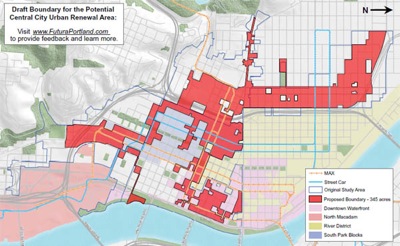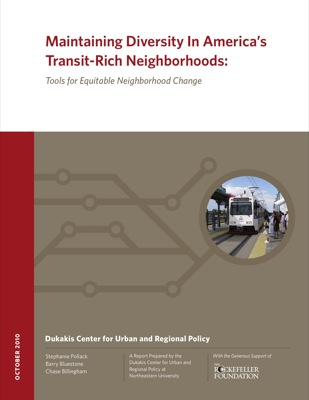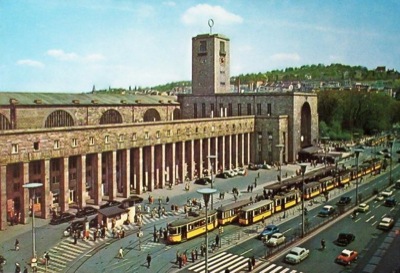New Jersey’s Governor Chris Christie rekilled the Hudson River tunnel project. He had killed it before, a couple of weeks ago, but then promised to reconsider his decision at the request of Transportation Secretary Ray LaHood.
Christie did not want to burden New Jersey taxpayers with the cost overruns, now anticipated to be at least $4 billion. Canceling the project means New Jersey has to repay the federal government $350 million spent on planning the project, which seems a bargain by comparison.












